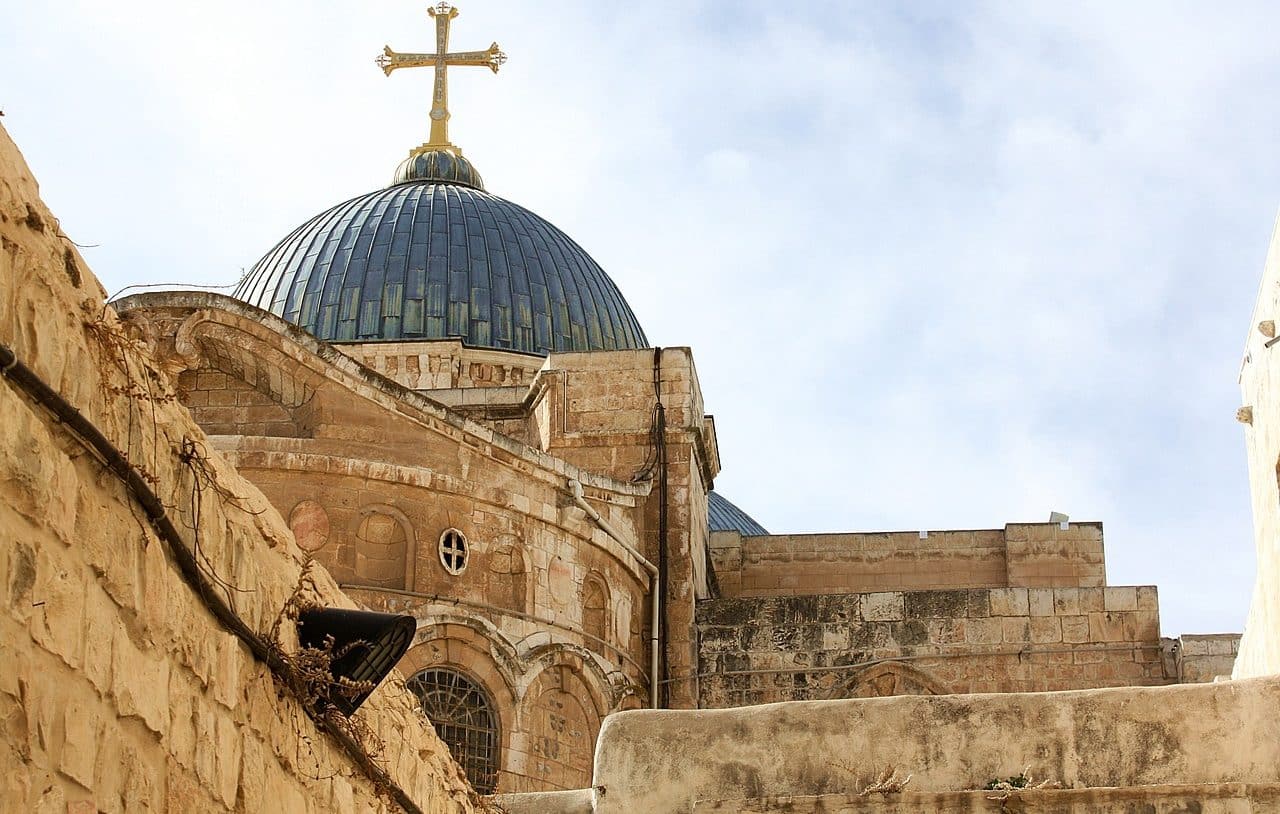
A tomb is a structure that allows burial.
A tomb is a structure that is built with the aim of burying the remains of one or more individuals . It is usually built with stone and is elevated from the surface.
It should be noted that burial is the place where a corpse is buried and the act and result of burying (burying, submerging). The idea of a tomb can also be linked to the concepts of a tombstone (a stone with an inscription) and a tomb (the space where a body is buried).
All these notions mean that, at times, sepulchre, grave, tombstone and tomb are used as synonyms or, at least, as similar terms. The tombs usually include reliefs or figures for ornamental purposes and for ritual or spiritual purposes.
The Holy Sepulcher
The most famous tomb in the world is possibly the Holy Sepulchre , which is located in the town of Jerusalem (capital of Israel ). In this case, it is a sanctuary built in the place where the death, burial and subsequent resurrection of Jesus Christ would have occurred.
The Holy Sepulcher is said to have belonged to Joseph of Arimathea , a disciple of Christ . This tomb was not used until the death of Jesus Christ . When a group of women prepared to anoint his remains with aromatic plants, they discovered that the stone that covered the entrance to the niche had been moved and that the body of Jesus Christ was no longer in the tomb.
The women who had gathered to anoint the body of Jesus were Mary Magdalene ; Salomé , mother of Juan and Santiago; and Mary of Cleopas , mother of Judas Thaddeus and James the Less. The resurrection has several versions and this is one of the most notable.
For all this, the Holy Sepulcher is a sacred and very important place for all aspects of Catholicism. The origin of this sanctuary dates back to the period between the years 30 and 33, given that we know the age at which Jesus Christ died. This makes it even more special among other sites of importance to the Christian religion , since it is among those that can best be placed on the timeline, something that does not happen very often.
The chapel in which the Holy Sepulcher is located has a name in Greek that translates as resurrection , precisely because the resurrection of Jesus occurred at that point, as well as his death and his tomb. In turn, everything is in the so-called "Rotunda" , in front of the Greek choir.

The Holy Sepulcher is located in Jerusalem.
The burial of Ferdinand II of Aragon and Isabella I of Castile
On the other hand, there is the tomb of Ferdinand II of Aragon and Isabella I of Castile , also known as the Catholic Monarchs , which is located in the Spanish province of Granada , more precisely in the Royal Chapel , which is part of the Cathedral. , and was made of a special kind of marble , Carrara , which is extracted from the Apuan Alps .
The author of this tomb was Domenico Fancelli , a sculptor originally from Italy who worked for several years in Spain . The Royal Chapel , for its part, was founded in 1504 by the Catholic Monarchs themselves to serve as the pantheon of the royal family. In fact, they expressed their desire to be buried in that place. Shortly after, Isabel died, although Fernando lived twelve more years.
Despite the wish of the Kings , his remains could not rest in the Royal Chapel until 1521 . Initially, their bodies were buried in the Granada convent of San Francisco . In 1514 , Fancelli received a request from the Count of Tendilla to create a double tomb, and he dedicated himself to it for the next three years in Genoa , until he moved it to Granada to give it the finishing touches.
